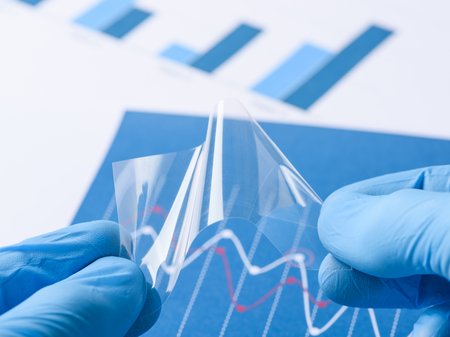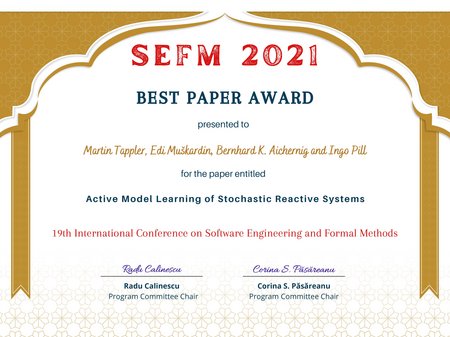Diet and nutrition are vital in maintaining and promoting people’s health. Diet is known to play a key role in regulating risk factors for chronic diseases such as diabetes, hypertension and heart diseases. Thus, there is a growing need for an easy-to-use, objective dietary assessment system that could help limit the risk of such health problems. One important step towards this goal can be a sensor that is integrated in a kitchen appliance like a juicer or blender that measures the sugar content of the prepared juice or smoothie. This can be used to accurately measure the amount of sugar ingested. It can also be used to determine the ripeness of the used fruits and if the desired level of sweetness is already reached. It can also be a very valuable tool for people with special dietary needs.
The aim of this development was to bring a highly sensitive sensor into a compact and robust design for use in future kitchen appliances. The chosen ATR principle is well established in laboratory instruments for highly sensitive measurements. The light of the light source gets coupled into an ATR crystal and the evanescent field on top of the crystal gets in contact with the sample liquid. The information about the sample liquid is collected by a detector. The sensor was realized and integrated on a PCB with the necessary supply and readout electronics by the project partner.
The sensor was calibrated using test samples which were prepared in the laboratory. Furthermore, mathematical calibration models were developed. The performance of the prototype was evaluated on a variety of commercially available fruit juices and smoothies. Several dilutions of the fruit juices were measured to show the relation between the sensor signal and the sugar concentration. The sensor uses two different wavelengths in the infrared wavelength range. One wavelength is used for the determination of the sugar content and the other wavelength is used to compensate the drift of the sensor. This enables very stable measurements.
Impact and effects
The measurement of the sugar content of liquid foods is an important step for determining the caloric intake of a person. In combination with other optical sensors also macro nutrients like fat, fiber or protein can be measured. The measurement of these macro nutrients is the initial step for a smart dietary assessment system enabling personalized nutrition and recipe suggestions.











